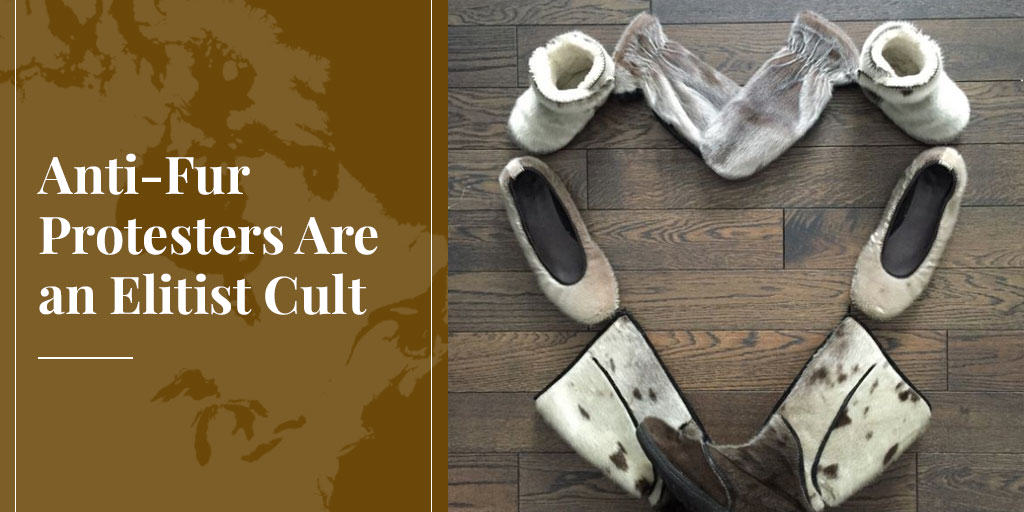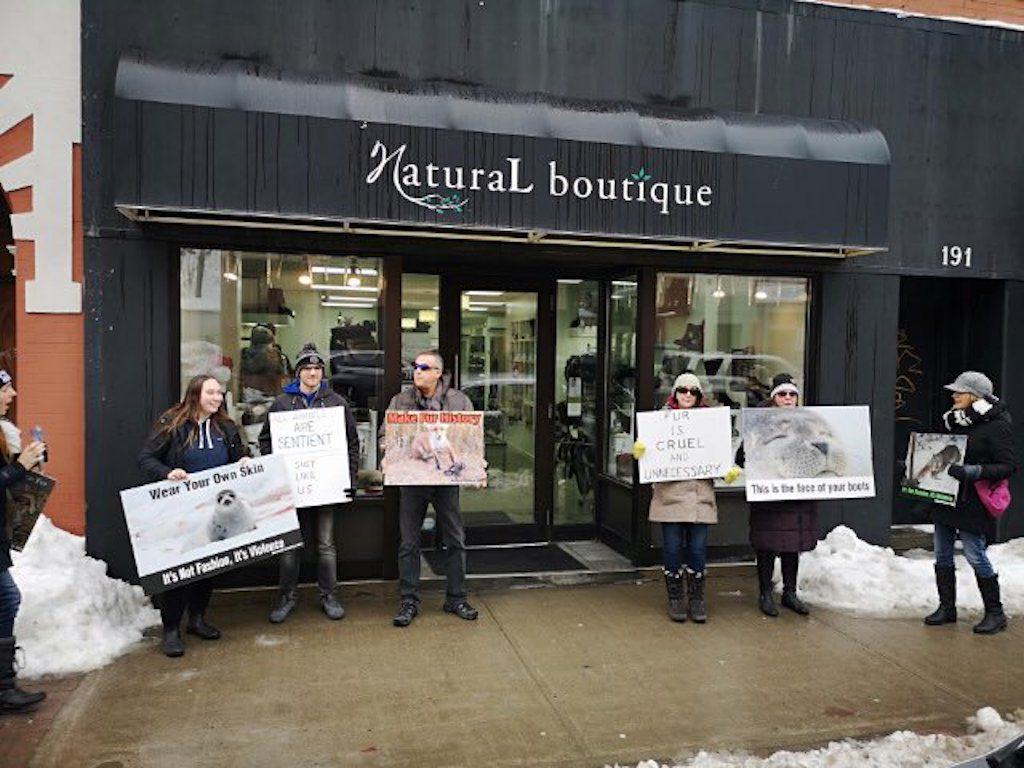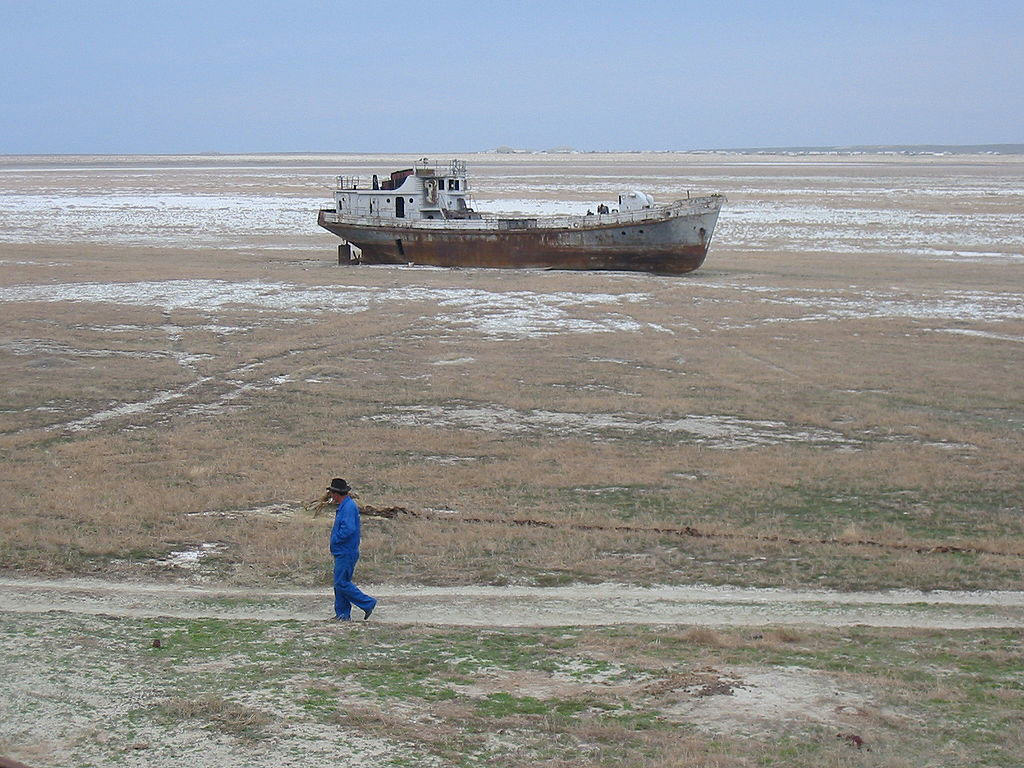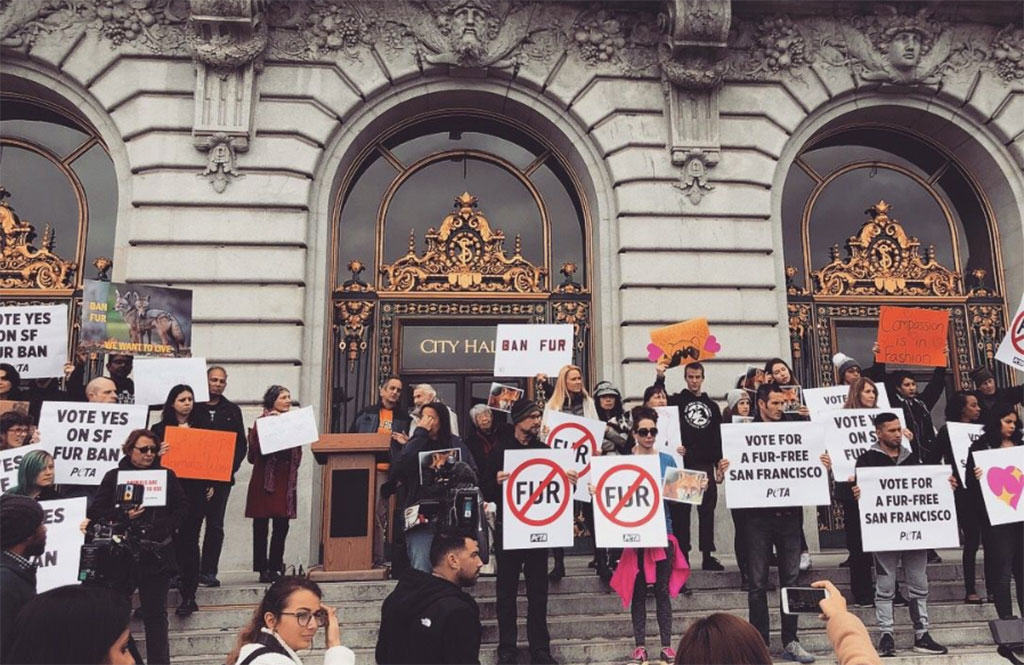Anti-fur protesters and animal rights activists are an elitist cult. Not only do they have opinions based solely on short-sighted…
Read More

Anti-fur protesters and animal rights activists are an elitist cult. Not only do they have opinions based solely on short-sighted emotion, and not on science, sustainability or ecology, but they also feel the need to seek out and harass people for not sharing those beliefs. That’s a special type of narcissism.
The word “cult” applies to a group with a set of ideologies that revolve around an excessive devotion toward a particular figure. For animal rights cultists this “God” figure is animals, and anyone who uses animals in any way is evil. Little do they know - or care to acknowledge - that in their quest to protect animals they are among the guiltiest of sinners, causing harm to the very critters they worship.
When anti-fur cultists are outside fur stores, attacking small businesses, spitting on Indigenous and Canadian heritage, and claiming to be animal saviours, they are dressed head to toe in synthetic clothing that will never biodegrade, and will pollute habitats and kill animals en masse for millennia. Do these activists care about the pollution caused in manufacturing their clothes then shipping them across the world? Or that their clothes are contributing to the dire situation with plastics in our oceans? Their choices suggest absolutely not.
SEE ALSO: "Sustainable fur: Global campaign highlights benefits of real fur over plastic fake fur", by Truth About Fur.

SEE ALSO: "It's time to say 'no' to anti-fur hate groups", by Alan Herscovici, senior researcher, Truth About Fur.
Environmental Impact of Fur Negligible
Fur is biodegradable, so when several generations of a family are finished using a garment, it can be composted.
Anti-fur protesters like to focus on the tanning agents used to preserve the fur as their argument against the environmental positives of fur, but the truth is that these agents are becoming increasingly environment-friendly, plus they are reused multiple times. The impact per garment is negligible and a moot point.
There is little to no long-term environmental impact from sustainably harvested fur, and in Canada the fur trade is tightly regulated to ensure that sustainability is achieved. Unfortunately when it comes to sustainability though, anti-fur protesters and animal rights activists have no foresight. Their thought processes seem incapable of grasping the real, long-term impacts of our clothing choices.
"Cruelty-Free" Has No Substance
Likewise, their thought processes don't consider a reality of nature, which is that wild animals don’t grow old and die peaceful, pain-free deaths.
Wild animals get eaten alive by other animals who have no regard for a humane kill. They lose their ability to hunt and die cruelly while they starve. They get overpopulated and die of disease and starvation. Anyone who would prefer that, over a quick and humane harvest where the animal gets put to good use in a way that is positive for the environment, can’t claim to be compassionate or care about animal welfare.
Animal rights cultists, who preach about being compassionate and “cruelty free”, are the same people who have threatened to dissolve my five-year-old daughter and I in acid. They have zero credibility.
“Cruelty-free” is now a popular buzz term that can pull on people's heart strings, but it has no substance. If we examine every stage in the production of “cruelty-free” clothing, from its inception to a thousand years after it has been discarded, the negative impact and scale of animal harm is staggering. These so-called "cruelty-free" clothes are usually made from oil or a plant material that requires thousands of hectares of land to be clear-cut. Both of these options contribute to animal harm.

Many “cruelty-free” clothing items are assembled by sweatshop workers, including children, in Third World countries. Then they are shipped across the world to consumers in far-away lands. Through this international shipping, animals like the endangered North Atlantic right whale are killed by ship strikes. Ships also emit an astonishing quantity of greenhouse gasses into our atmosphere, and we all know about the devastating impact of climate change on animals.
SEE ALSO: "Animal rights agenda anti-human, harms nature", by Larry Simpson, veteran of Canada's far north.
Once the clothing items are discarded, the “cruelty-free” vegan plastics permeate our landscapes and oceans and literally choke animals. These items will not decompose and they repeatedly victimize habitats and animals themselves.
The same principles apply to “cruelty-free” cosmetics. A makeup item may not have been derived from or tested on animals, but the ingredients have probably been tested on animals at some point. And what happens when the item is made overseas and then transported to consumers? Or when the plastic packaging is discarded? Or when the plastic mascara tube filled with “cruelty-free”/vegan product is thrown away after a few months of use?
Short-Sighted Choices Harm Animals

Wildlife is suffering planet-wide because misguided activists are using silly labels and short-sighted choices to make themselves feel better. It’s ironic that animal rights and anti-fur protesters who claim to speak for “voiceless animals” are actually physically preventing the animals from breathing because of their choices.
This is narcissism, hypocrisy and shortsightedness at its ugliest. Animal rights cultists put a tag line on their lifestyle to feel better about themselves, and it’s at the expense of our planet and all the creatures that inhabit it. These uninformed cultists cause more widespread harm to animal populations than any sustainable harvest or biodegradable products do.
When all the non-renewable resources are used up and the vast majority of animal habitats are clear-cut for farms, the San Franciscos and LAs of the world that want to ban fur sales will be kicking themselves for contributing to this destruction, as they shift back to relying on the abundant renewable resources and biodegradable clothes that they shuttered.
Meanwhile, those of us who understand the importance of using sustainable, renewable resources like fur are years ahead of the curve. We are already following a lifestyle that others will have no choice but to return to.
SEE ALSO: "Proposals to ban fur sales are anti-ecological", by Alan Herscovici, senior researcher, Truth About Fur.
In Canada we are fortunate to still have the connection to our lands and resources that Hollywood knows nothing about. Whether animal rights activists want to admit it or not, almost everything they do, in fact, negatively impacts animals. Their labels and misguided choices may help them sleep better at night, but that doesn’t translate into the same for the animals that are dying thanks to their ignorance.
Animal rights cultists live in glass houses and shouldn’t be throwing stones.
***
To learn more about donating to Truth About Fur, click here.








